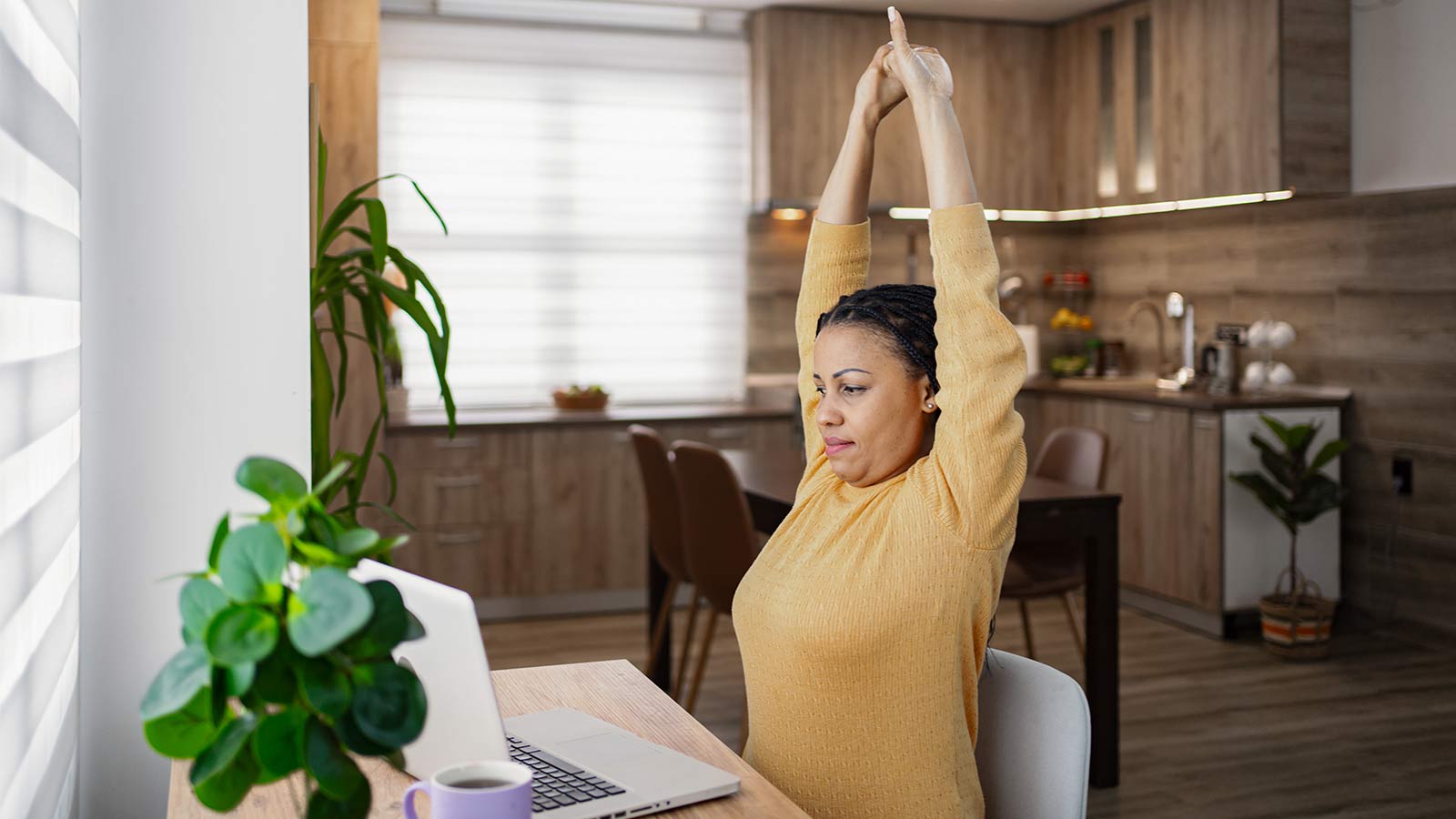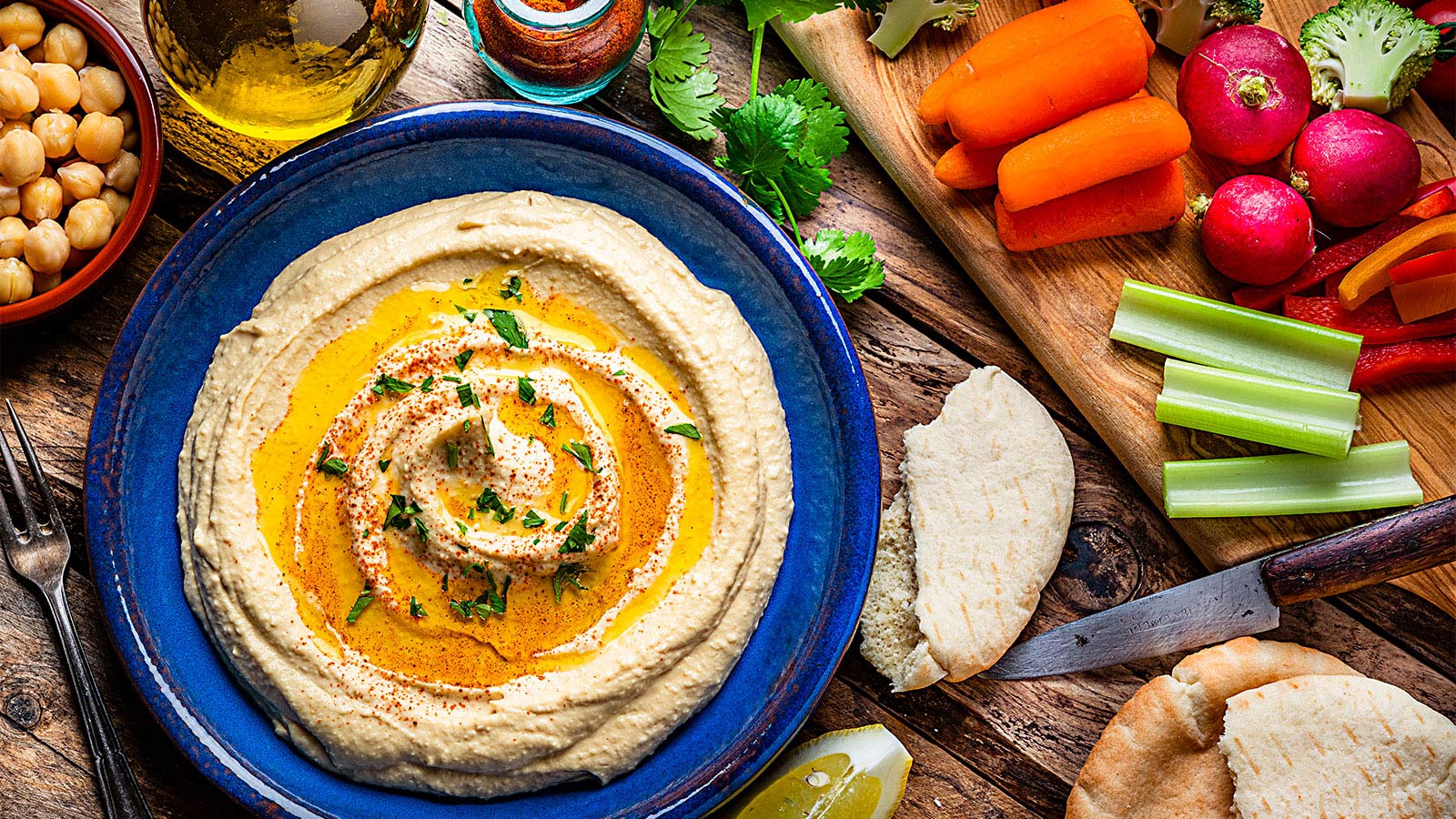4 Easy Ways to Treat and Prevent Runner's Knee
Whether you’re a leisure jogger or serious runner, there’s a good chance you’ve experienced knee pain at some point. If you’ve got questions about how to prevent and treat it, Christopher Chong, MD, CAQSM at Virtua Sports Medicine has your answers.

By Christopher Chong, MD, CAQSM —Virtua Sports Medicine
How can I treat and prevent runner's knee?
Whether you’re a leisure jogger or serious runner who racks up the miles, there’s a good chance you’ve experienced knee pain, or “runner’s knee,” at some point.
Runner’s knee involves pain around or just underneath the kneecap. It develops slowly and may begin as swelling during or after running or pain going up and down stairs.
Fortunately, runner’s knee often can be treated at home. These tips can help you prevent runner’s knee and alleviate knee pain, so you can get back on the road.
How do I stretch properly?
Many runners have an imbalance between strength and flexibility in their muscles. After you’re warmed up, or once you’ve finished running and are still warm, stretch your hamstrings, quads, and iliotibial band (IT band)—the tissue that runs from your hip to your knee down the outside of the thigh—as well as your hips and calves. Holding the stretches for at least 30 seconds gives the best results, as tight hips and/or IT bands can lead to injuries and knee pain.
Why do I feel pain in my ankles and hips?
When people complain of knee pain or injuries, it sometimes related to what’s going with their ankles and hips as well. If you’re suffering from pain around the kneecap (patellofemoral pain), it means the area under the kneecap is inflamed. This could be from running incorrectly, which could be due to weak hips.
You can strengthen the hips with hip abduction exercises. An example would be to lie on one side with legs straight, and lift your top leg up in the air and then bring it back down. You also can strengthen the outside of the hips with an abduction (thigh) machine, where you’re seated and press weights with the outside of the thighs as you open your legs.
Should I ice my knees after running?
Ice is the best non-pharmaceutical anti-inflammatory out there, but not many people want to spend time icing their knees after a run. Icing helps prevent inflammation from happening in the first place—especially if you have inflammation from knee injuries or surgeries.
Do an “ice massage” for eight to 10 minutes along painful areas of the knee. To be most effective, place a towel over your leg and rub the ice in small circular motions on and around the knee until the area is cold.
Is it possible to overuse knee braces?
Bracing for pain restricts your body’s natural flow and function. Braces provide support in some cases, and are fine to use after knee surgery. But relying on knee braces can cause further weakness in those muscles and can cause other knee problems.
Avid runners or athletes should use braces only to help get back to their normal activity after surgery, and then, if possible, wean off them so the body can maintain normal muscle strength and motor control on its own.
Schedule an in-office or telehealth video appointment with a Virtua sports medicine specialist.
There's So Much More to Explore
Discover expert insights, inspiring stories, health tips, and more by exploring the content below!

How Can I Prevent Bone Loss and Osteoporosis?

How Do You Manage the Side Effects of Weight-Loss Medications?
A Woman’s Four-Step Guide to Fight Back on Back Pain

What You Need To Know About Carpal Tunnel Syndrome

Best Foods for Kidney Health

What Causes Food Addiction And What Are The Signs

5 Essential Winter Foot Care Tips When You Have Diabetes

Your 10-Point Plan to Avoid Winter Weight Gain

Be Fast and Spot the Signs of Stroke

Surprising Symptoms May Signal Stroke In Women

8 Key Steps to Better Blood Pressure Control

Five Back Pain Risk Factors That You Should Know

Is My Back Pain Normal, or Is It Spinal Stenosis?

Gut-Healthy Recipe: Turmeric Chicken With Asparagus

Gut Health Recipe: Chipotle Salmon and Sweet Potato Bowl

5 Back Stretches for the Work-From-Home Workweek

The HPV Vaccine: A Powerful Shield Against Cervical Cancer

How to Prevent and Treat Urinary Tract Infections

6 Numbers Key to Keeping Your Heart Healthy

4 Easy Ways to Treat and Prevent Runner's Knee

What is the 80/20 Diet Rule?

When Should I See a Doctor About My Knee Pain?

A Non-Athlete’s Guide to Shoulder Overuse Injuries
Shoulder problems aren’t limited to athletes. Virtua orthopedic surgeon Sean McMillan, DO, explains shoulder overuse injuries and prevention in this article.

A Non-Athlete’s Guide to Shoulder Overuse Injuries

Wide-Awake Hand Surgery Speeds Recovery, Puts Control in Patients' Hands

Five Mindfulness Tips That Can Help Heal Your Heart
Working from Home? Take a Quick Break to Stretch Your Wrists

3 Ways to Avoid Knee Pain

When Should I See a Doctor for My Hip Pain?

When Should I See a Doctor About My Shoulder Pain?

Is My Back Pain Normal, or Is It Sciatica?

Is My Back Pain Normal, or Is It a Herniated Disk?

When Is It Back Pain, and When Is It Something More?

What Can I Do Right Now About My Aching Back?

How Do I Get Rid of This Back Pain for Good?

Love Your Heart: Essential Care Tips for Every Stage of Life

How Do I Measure My Blood Pressure at Home?

How Do I Improve My Cholesterol Levels?

3 Ways to Reduce Your Stroke Risk

When Should I Be Worried About My Neck Pain?

Put Your Mammogram Appointment on the Top of Your To-Do List

Gut-Health Recipe: Berry Yogurt Parfait

Gut-Health Recipe: Avocado and Black Bean Salad

Air Fryer Salmon with Roasted Asparagus

Healthy Gameday Snacks: Buffalo Chicken Dip

Healthy Gameday Snacks: Sheet Pan Nachos

Healthy Gameday Snacks: Healthier Homemade Pizza

Healthy Gameday Snacks: Healthier Guacamole

Healthy Gameday Snacks: Air Fryer Buffalo Wings

5 Delicious and Healthy Gameday Snacks

How Sex Keeps You Healthy as You Age

Protect Your Child From HPV and Related Cancers

Why IUDs Might Be The Most Effective Birth Control

5 Things You're Too Embarrassed to Tell Your OBGYN

4 Not-So-Crazy Questions to Ask Your Doctor

The Top 10 Foods For A Healthy Diabetes Diet

What to Know About Cervical Cancer Screenings

Heart-Healthy Summer Recipe: Hummus and Veggies

4 Delicious Heart-Healthy Recipes Perfect for Summer

Heart Healthy Summer Recipe: Dessert Parfait

Heart-Healthy Summer Recipe: Pear and Walnut Salad

Heart-Healthy Summer Recipe: Terrific Turkey Burgers

Augmented-Reality Surgery Has Bobby Back on Stage, Rocking His New Hip

